Where is Osoyoos?
Osoyoos is a town located in the southern part of the interior of British Columbia, Canada. It is situated near the border with the United States, approximately halfway between the cities of Kelowna and Penticton. Osoyoos is known for its hot, dry climate and is a popular destination for wine tourism due to its many nearby vineyards and wineries.
Additionally, There are a lot of places to visit like Osoyoos Lake, which straddles the Canada-US border, is a significant feature of the area, offering recreational activities such as boating and swimming.
Tourist Attractions / Places to Visit in Osoyoos
1) BC Bird Trail, Osoyoos
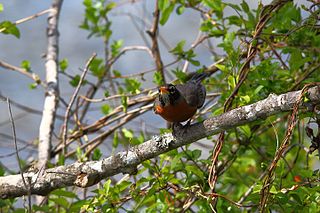
The BC Bird Trail is a collaborative initiative aimed at promoting birdwatching and ecotourism in British Columbia, Canada. It comprises a network of birding sites and destinations across the province, each offering unique habitats and bird species for enthusiasts to discover and observe.
This trail serves as a guide for birdwatchers, highlighting key locations known for their rich avian diversity and providing resources to enhance the birding experience. While not a physical trail like a hiking path, the BC Bird Trail is more of a conceptual framework that connects birding sites and encourages exploration of British Columbia’s diverse landscapes.
Birding along the BC Bird Trail offers opportunities to observe a wide variety of bird species, including resident birds, migratory species, and rare or elusive birds. These sites encompass coastal areas, wetlands, forests, grasslands, and other natural habitats that support diverse bird populations throughout the year.
Participants in the BC Bird Trail can engage in activities such as bird identification, photography, nature walks, and guided tours. Many of the sites along the trail provide interpretive signage, educational programs, and birding events to enhance visitors’ experiences and foster appreciation for birds and their habitats.
2) Anarchist Mountain Lookout, Osoyoos
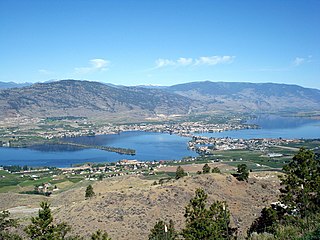
The Anarchist Mountain Lookout is a popular viewpoint located near Osoyoos in the southern interior of British Columbia, Canada. It offers stunning panoramic views of the surrounding landscape, including the town of Osoyoos, Osoyoos Lake, the Okanagan Valley, and the surrounding mountains.
Anarchist Mountain itself is part of the Cascade Mountain Range and is named after the Anarchist Mine, a historic gold mine that operated in the area during the late 19th and early 20th centuries.
The lookout is accessible by car via Anarchist Mountain Road, which winds its way up the mountain to the viewpoint. Visitors can drive or hike to the lookout, where there is ample parking and picnic areas. The viewpoint is a popular spot for photography, picnics, and enjoying the scenic vistas.
The Anarchist Mountain Lookout is particularly renowned for its sunset views, offering visitors a spectacular sight as the sun sinks below the horizon, casting vibrant colors across the sky and illuminating the landscape below.
3) District Wine Village, Osoyoos
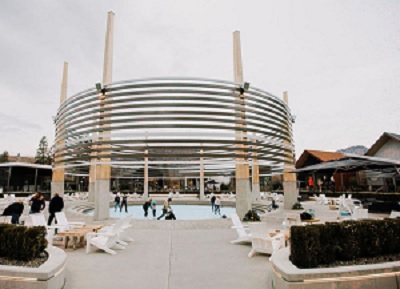
The District Wine Village in Osoyoos is a unique destination located in the heart of British Columbia’s Okanagan Valley wine region. It is a hub for wine enthusiasts, offering a diverse array of experiences centered around wine tasting, dining, and relaxation.
The village concept typically involves a collection of boutique wineries, tasting rooms, artisanal food vendors, and other amenities all within a compact and walkable area. Visitors to the District Wine Village can sample a wide range of wines produced by local wineries, often featuring varietals that thrive in the region’s climate, such as Merlot, Cabernet Sauvignon, Chardonnay, and Riesling.
In addition to wine tasting, the village may offer opportunities to learn about winemaking processes, participate in guided tours of vineyards and cellars, and engage with knowledgeable staff who can provide insights into the local wine scene.
Alongside the wine-focused experiences, the District Wine Village may feature dining options ranging from casual cafes to upscale restaurants, where visitors can enjoy delicious meals paired with locally sourced ingredients and, of course, excellent wines.
The atmosphere of the District Wine Village is often vibrant and inviting, with outdoor seating areas, live music events, and community gatherings that create a welcoming environment for both locals and tourists alike.
4) Osoyoos & District Museum and Archives
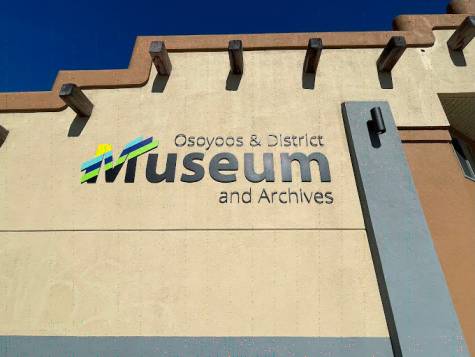
The Osoyoos & District Museum and Archives is a cultural institution located in the town of Osoyoos, British Columbia, Canada. It serves as a repository for preserving and showcasing the history, heritage, and cultural artifacts of the Osoyoos region and its surrounding areas.
Here’s what you can expect from a visit to the Osoyoos & District Museum and Archives:
- Exhibits: The museum features a variety of exhibits that highlight different aspects of the region’s history and cultural heritage. These exhibits may include displays on the indigenous peoples of the area, early settlers, local industries, agriculture, and significant events that shaped the community.
- Artifacts: Visitors can explore collections of artifacts, photographs, documents, and other historical materials that offer insights into the lives and experiences of people who have lived in the Osoyoos area throughout history.
- Educational Programs: The museum may offer educational programs, workshops, and guided tours for visitors of all ages. These programs provide opportunities to learn more about local history, archaeology, and cultural traditions in an engaging and interactive way.
- Research Resources: The museum’s archives contain a wealth of resources for researchers, genealogists, and anyone interested in delving deeper into the history of the Osoyoos region. These resources may include archival documents, maps, oral histories, and reference materials.
- Community Events: The Osoyoos & District Museum and Archives often hosts community events, lectures, and special exhibitions that celebrate local culture and heritage. These events provide opportunities for residents and visitors to come together and learn more about the history of the area.
The Osoyoos & District Museum and Archives plays a vital role in preserving and sharing the rich history and cultural heritage of Osoyoos and its surrounding district. It offers a fascinating glimpse into the past and helps to foster a deeper appreciation for the community’s roots and identity.
5) Nk’Mip Desert Cultural Centre, Osoyoos
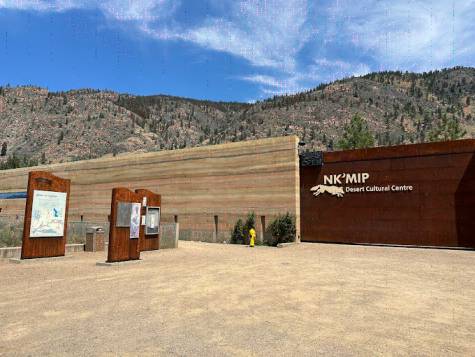
The Nk’Mip Desert Cultural Centre stands as a prominent cultural and educational landmark in Osoyoos, British Columbia. Rooted deeply in the heritage of the Syilx/Okanagan Nation, the centre offers a multifaceted experience that blends indigenous culture with the unique ecology of the desert landscape.
Upon arrival, visitors are greeted by striking architecture that harmonizes with the surrounding environment, setting the tone for an immersive exploration. Inside, interactive exhibits and interpretive displays provide a deep dive into the history, traditions, and way of life of the Syilx/Okanagan people. Through storytelling, artifacts, and multimedia presentations, visitors gain a profound understanding of the cultural significance of the land and its inhabitants.
Outside, the desert landscape unfolds, offering a natural classroom where visitors can discover the intricate balance of flora and fauna that thrive in this arid environment. Guided tours lead guests through the desert terrain, providing insights into the unique adaptations of desert plants and animals and highlighting the importance of conservation efforts to preserve this delicate ecosystem.
Throughout the centre, the spirit of collaboration and reconciliation is palpable, as indigenous perspectives are woven seamlessly into the fabric of the visitor experience. Interactive workshops, cultural demonstrations, and special events offer opportunities for hands-on learning and meaningful engagement with indigenous traditions.
With its rich tapestry of cultural heritage and ecological wonders, the Nk’Mip Desert Cultural Centre invites visitors to embark on a journey of discovery, fostering understanding, respect, and appreciation for the land and its indigenous stewards. It serves as a shining example of cultural preservation, environmental stewardship, and community collaboration, leaving a lasting impression on all who pass through its doors.

